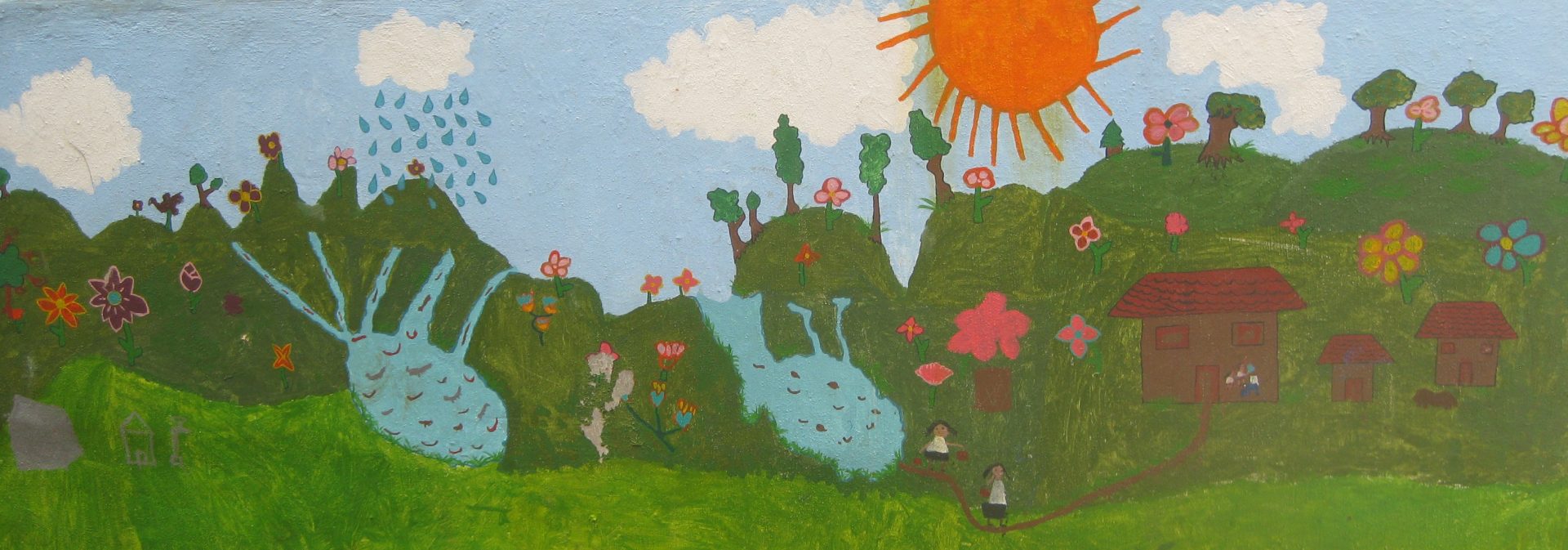Hello, this is Alejandro 😉 Today was a very productive day at Cántaro Azul. We started by continuing work on the incubator which we started to build on Wednesday. Part of this included adding thimbles to the cap of our incubator and later on attaching all of our coils to the base of the small box that would sit within the larger box. After doing this, we had to let the glue dry therefore our team split up to complete different tasks as we waited.
Nikhita, Irene, and I all went to the foundation’s offices to write up instructions on how to use the thermostat of the incubator and how to build the incubator itself. Irene was in charge of writing detailed instructions on how to build all components of the incubator. Nikhita was in charge of simplifying the user manual for the thermostat used in the incubator. She also wrote up specific instructions on how to set up the thermostat to match the specifications needed for the tests. Lastly, I translated all of the documents from English to Spanish for use by employees of Cántaro Azul.
As the three of us sorted out the paper work, Scott stayed back in the workshop to assemble the battery system that would work as a backup energy source for the incubator. He also worked on connecting the USB cable to the backup battery system.
Towards the end of the day, we checked on the water samples that we had left incubated yesterday. We had performed two tests with both our incubator and the bag testing system currently used at Cántaro Azul. In both cases, we were testing the water placed into a Mesita Azul (before cleaning) and the water that came out of the Mesita Azul (after cleaning). For both testing methods, we expected to get one sample to change color (indicating that the water is contaminated) and the other sample to maintain its original color (indicating that the water is not contaminated). For the test used in our incubator, both samples changed color. For the bag test, both samples maintained the same color. In both cases, the result of the tests were the opposite of what we expected. Our next step is to present these results to Hector (Cántaro’s expert in water testing). We hope that he can shed some light on any mistake we are making with the testing or explain the reason for our outcomes.
Since we spent a large portion of our day working on the above tasks, I am going to take the time to write about the possible uses of our incubator and some of the specification of the design. Essentially, our incubator is a tool used to maintain water samples at the ideal temperature to spur bacteria growth. Currently, technicians from Cántaro Azul place these samples in a cooler with no form of temperature regulation. This allows for a large variability in temperature and therefore the results from their tests are not always accurate. By using our incubator, technicians can ensure that the water samples are maintained in the same conditions from the moment it is collected to the moment the test results are collected. We are also implementing a backup battery source making our incubator portable and easy to use in remote locations (explained further in Irene’s first post). Our hope is that this technology will make tests for water purity significantly more accurate and therefore provide Cántaro Azul with more reliable information on the quality of water that both goes into their water treatment products and the water that comes out of them.
After leaving the office, we went to a restaurant called Tacoleta that we visited yesterday and liked so much that decided to go again. In addition, we finally booked the tours to go visit the waterfalls of “El Chiflón”, Lagos de Montebello, and a canyon near town called Chiapa de Corzo. One last thing, I have just realized that my computer will not connect to the hostel’s internet so I will not be posting this until a later time (I wrote everything in a word document). Do note that this blog post was intended for Friday the 11th.




Great post, Alejandro, thank you! I am puzzled by your testing results too, I hope Héctor can help you out. Could the Colilert tubes be more sensitive than the method they are currently using?